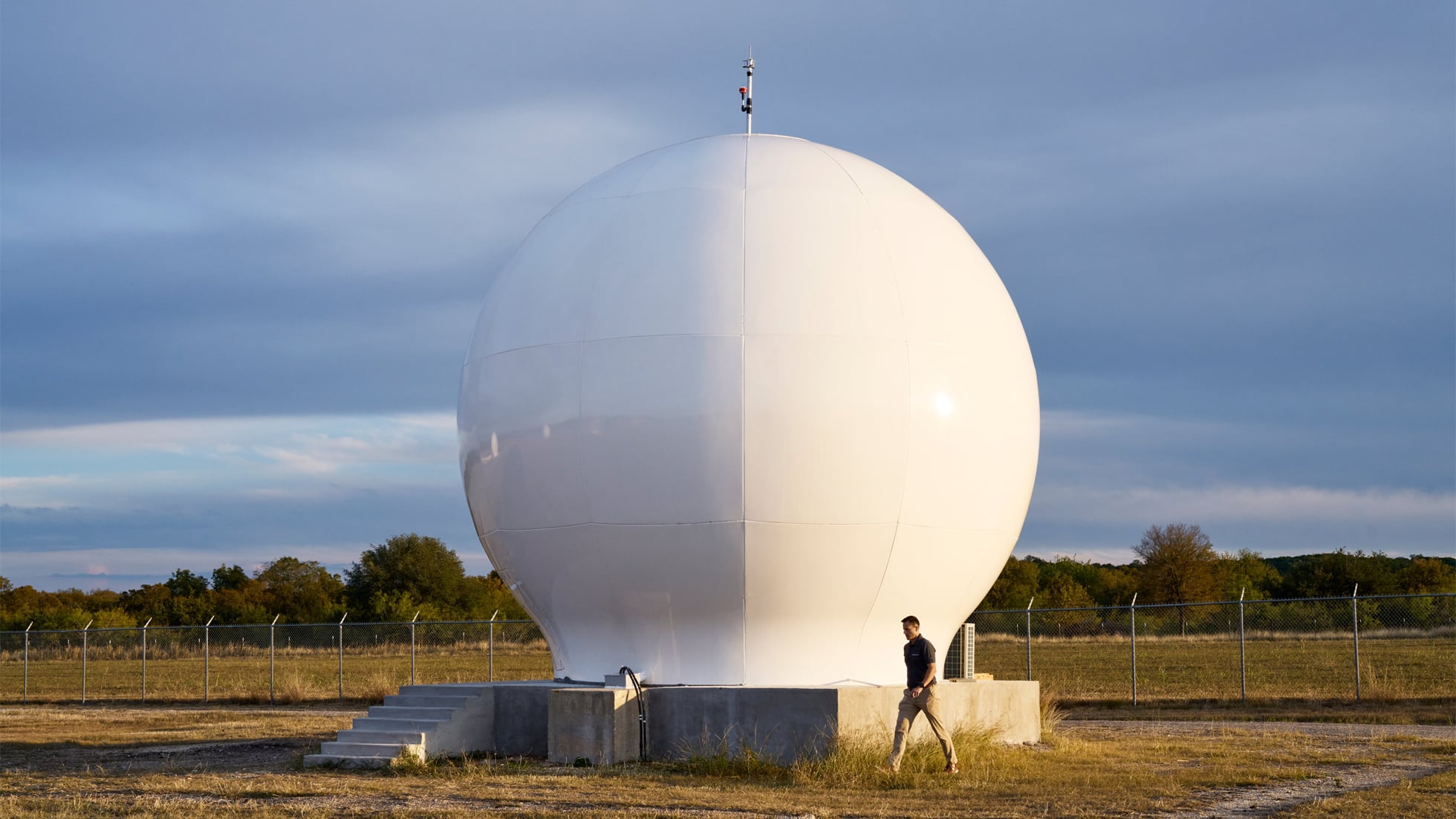Update your iPhone to iOS 18.3 to use carrier-provided satellite connectivity like T-Mobile’s Starlink in areas without cellular service or Wi-Fi coverage.

iOS 18.5, which will be available next week, extends support for using carrier-provided satellite services like T-Mobile Starlink to older iPhones like the iPhone 13, iPhone 13 mini, iPhone 13 Pro and iPhone 13 Pro Max. That doesn’t mean iPhone 13 owners can use Apple’s Emergency SOS via satellite feature (I’ll explain later).
“Support for carrier-provided satellite features is available on iPhone 13 (all models),” according to Apple’s release notes for iOS 18.5. On older iOS 18 versions, satellite features offered by carriers were restricted to the iPhone 14 series and later.
iOS 18.5 brings support for carrier satellite services like T-Mobile’s Starlink
Some wireless carriers like T-Mobile have enhanced their cellular networks with satellite deals enabled by partnerships with providers like SpaceX’s Starlink. In 2024, T-Mobile partnered with Starlink, which offers a direct-to-cell service.

In beta until July, the service is limited to emergency texting when out of range from T-Mobile’s network. You can sign up for access on T-Mobile’s website. In the future, Starlink will also include mobile data via satellite for its subscribers.
With carrier-provided satellite features, your device sees satellite connectivity as a regular cellular network and doesn’t directly connect to satellites.
Apple’s own built-in satellite features only work on the iPhone 14 series or later, and iOS 18.5 cannot magically extend them to the iPhone 13 models because older iPhones lack special hardware for connecting to low-earth orbiting satellites.
Native vs. carrier-provided satellite connectivity
You can use Apple’s own satellite features alongside carrier-provided satellite features. Apple’s satellite feature—texting people, requesting roadside assistance and sharing locations via Find My when in a remote or rural area without cellular and Wi-Fi coverage—work independently of carrier networks.

Apple’s support page has detailed information on how its satellite features work on the iPhone compared to carrier-provided satellite features, if you’re interested.
“Some carriers have enhanced their cellular network with satellites enabled by partnerships they have established with satellite providers,” it reads. “Before you go off grid, check that your iPhone can benefit from carrier-provided satellite features.”
The document cautions that some carriers might require a supported cellular plan to use their satellite features. iOS displays a “SAT” in the status bar every time the device is using a carrier-provided satellite feature.